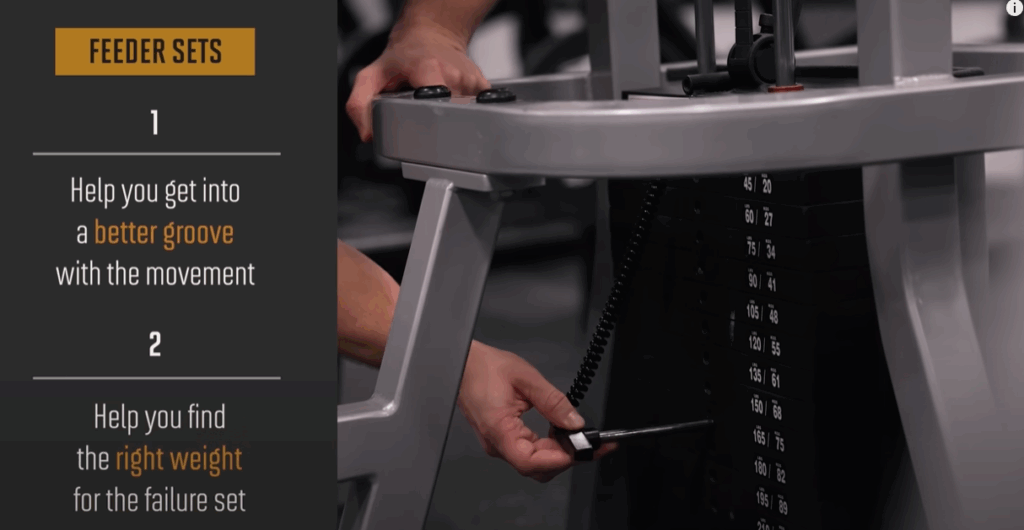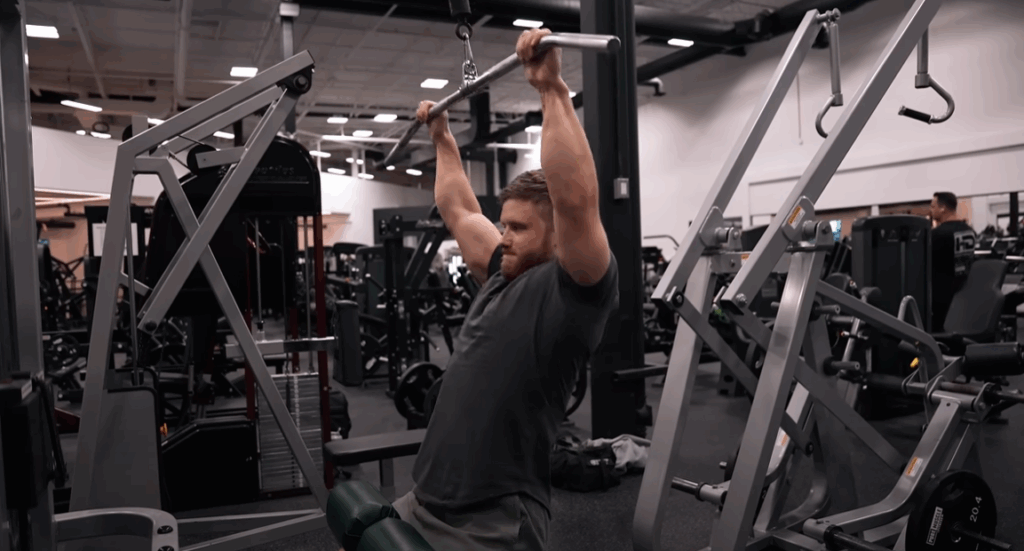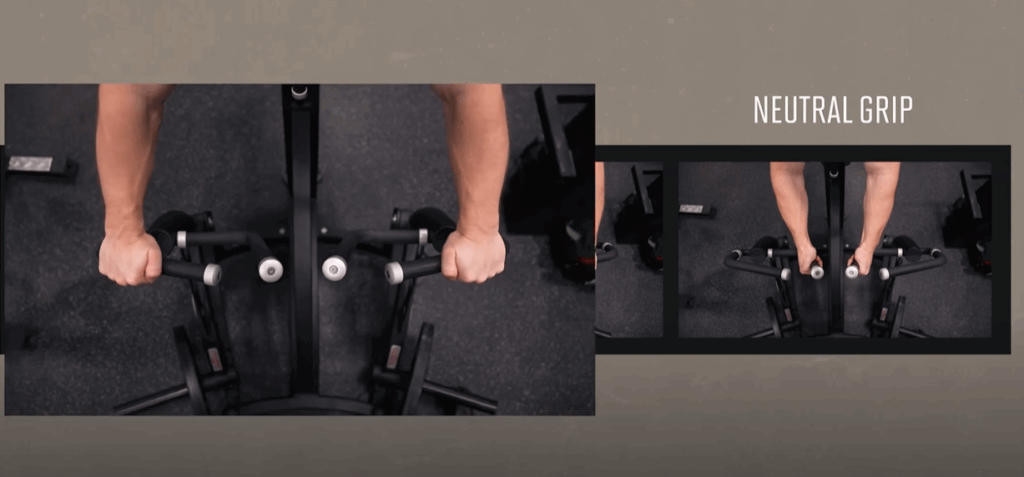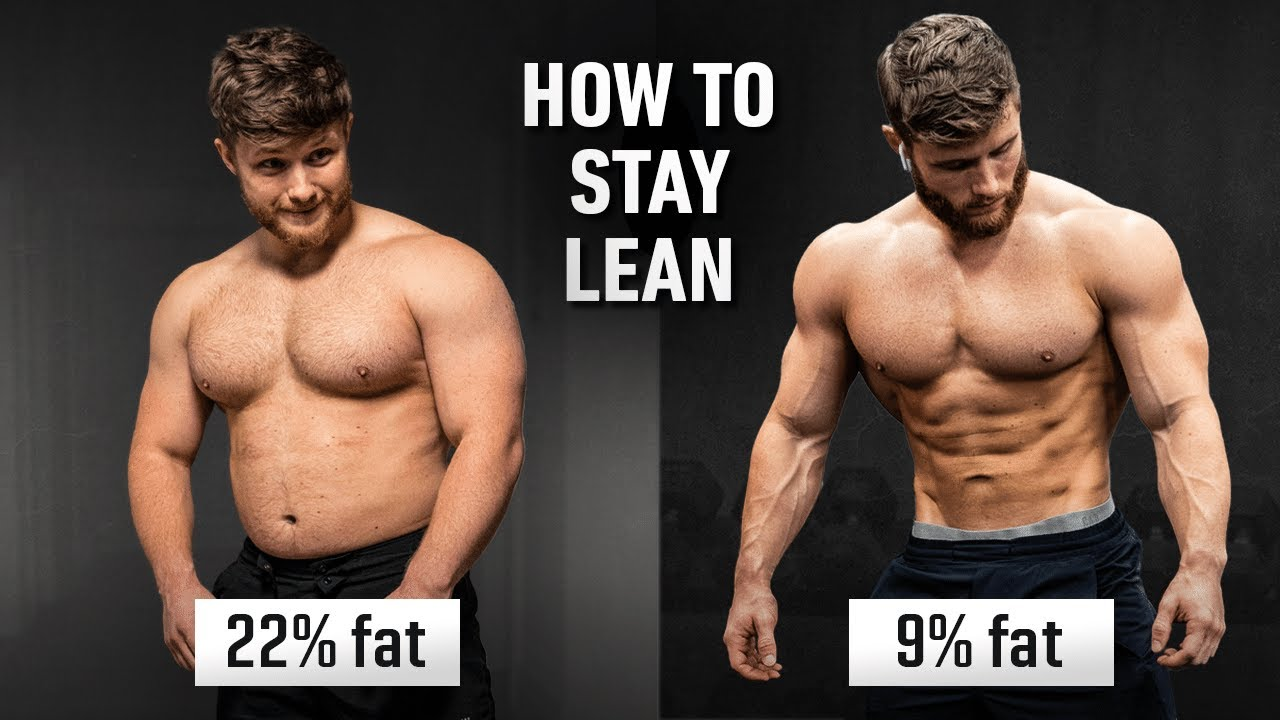Maximize Back and Bicep Gains with This Complete Pull Day Routine
If you’re aiming to develop a thick, wide back and powerful arms, mastering your pull day training is essential. This pull workout is designed specifically for hypertrophy and targets the major pulling muscles—lats, traps, rhomboids, rear delts, and biceps—using a combination of compound lifts, machine work, and strategic intensity techniques.
Unlike strength-focused programs that emphasize the squat, bench press, and deadlift, this routine adopts a bodybuilding-forward approach, ensuring maximum muscle activation through exercise variation, smart grip manipulation, and high-effort sets designed to drive growth.
Let’s break down this pull day routine step by step.

1. Warm-Up for Joint Health and Activation
Before you lift, spend 5–10 minutes getting your blood pumping with a low-impact activity like walking on the treadmill or using a StairMaster. Follow that up with 10–15 reps of shoulder-focused mobility drills such as arm circles and light cable external rotations. This ensures your joints and rotator cuff are primed for heavy pulling.
2. Lat Pulldowns with Feeder Set Progression
Your first working exercise is the lat pulldown. Start with 3–4 warm-up (feeder) sets, gradually increasing weight while keeping reps around 10. The goal is to groove the movement pattern and build up to one all-out set to failure, followed by a second set at the same weight.
After your second working set, drop the weight by 30% and perform a final burnout set of 4–6 reps to fully exhaust the lats. Use lifting straps if grip becomes a limiting factor—your goal here is back fatigue, not forearm failure.
Form Tip: Keep your torso slightly arched, drive the elbows down and back, and avoid letting the biceps dominate the movement.
3. Omni-Grip Chest Supported Rows
Next, shift to a horizontal pulling movement using a chest-supported row machine or dumbbells braced on an incline bench. Perform three sets of 10–12 reps, but change your grip each set:
- Set 1: Wide overhand grip
- Set 2: Medium neutral grip
- Set 3: Underhand grip
This grip variation ensures balanced development across the lats, rhomboids, and traps. Keep your chest tight against the pad and squeeze your shoulder blades at the top of each rep to emphasize the mid-back.

4. Dumbbell Pullovers + Lat Stretch Superset
Now it’s time for a powerful lat-stretching combo. Do two sets of bottom-half dumbbell pullovers, focusing on the stretched portion of the movement only. Pair each set with 30-second static stretches for each lat, alternating sides between sets.
Why It Works: Stretch-based training has gained popularity due to its potential for stimulating hypertrophy. Even though some debate the effectiveness of pullovers for lat growth, many lifters feel a deep contraction and delayed soreness after doing them. That’s a good indicator that they’re doing their job.
Stretch Tip: Grab onto a sturdy post and lean your hips back to elongate the lat. Hold the stretch at a 7/10 discomfort level—intense, but not painful.
5. Omni-Directional Face Pulls
Rear delts and upper back detail often get overlooked—but not today. Perform three sets of face pulls using different cable angles:
- Set 1: Low-to-high cable angle
- Set 2: Mid-height cable pull
- Set 3: High-to-low (face-height to nose level)
This strategy hits the rear delts and upper traps from multiple directions, enhancing shoulder health and visual 3D width. Use light to moderate weights and focus on controlled form and peak contraction.
6. Heavy EZ-Bar Bicep Curls
It’s time to hit the arms hard. Do three sets of 6–8 reps using an EZ-bar. This lower rep range allows you to apply progressive overload with heavier loads. Slight momentum from the hips is okay to initiate the lift—but always lower the weight under control.
Track Your Progress: Just like with compound lifts, you should record your numbers and push for weekly progression, either in weight or total reps.

7. Stretch-Focused Preacher Curls (Bottom Half Reps)
To wrap up your workout, perform two sets of preacher curls—but only in the stretched, bottom half of the range. Research has shown that training at longer muscle lengths leads to significantly greater muscle growth. By isolating the stretch zone (0–50° of elbow flexion), you target the most hypertrophy-stimulating part of the curl.
Form Tip: Use unilateral reps, starting with your weaker arm, and match the reps with your dominant side to maintain symmetry.
Why This Pull Routine Works
This workout isn’t just another cookie-cutter pull day. It’s designed around proven principles:
- Movement Variety: Horizontal and vertical pulls hit the back from all angles.
- Range Emphasis: Stretch-based training maximizes tension where it counts.
- Grip Strategy: Omni-grip changes keep your muscles adapting.
- Effort-Driven Sets: All-out sets with proper warm-up build real mass.
- Scientific Backing: Recent research supports the inclusion of stretch training and varied grip patterns for better muscle growth.
Customize Based on Your Goals
If your priority is building a bodybuilder’s aesthetic, follow the routine as is. If you’re more strength-focused, consider swapping some accessory movements with barbell rows or heavier pull variations like weighted chin-ups. And if you’re tight on time, you can run just the vertical and horizontal pulls plus one bicep movement as a minimalist approach.
Final Thoughts
Pull day is about more than just training your back—it’s about understanding how your muscles work and choosing the right angles, volume, and intensity. By applying structure and variety like in this routine, you’ll build both width and thickness while also improving joint health and symmetry.
Use this guide to level up your next pull workout—and don’t forget to progressively overload, log your lifts, and prioritize recovery for long-term gains.



